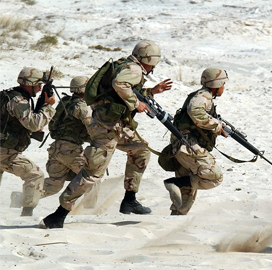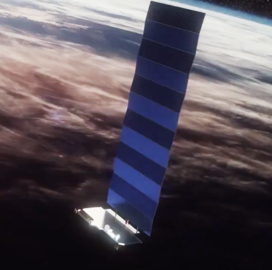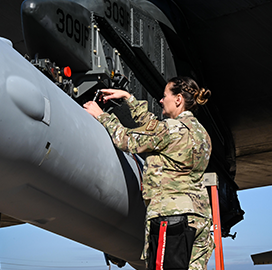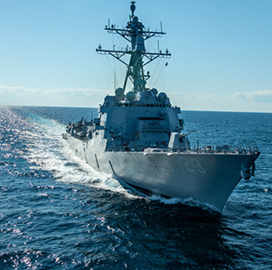A new survey by the Ronald Reagan Presidential Foundation and Institute shows that the level of trust and confidence of U.S. citizens in the U.S. military has been declining due to the perceived politicization of the military.
The 2022 Reagan National Defense Survey was based on responses from more than 2,500 Americans polled by Beacon Research and Shaw & Company Research from Nov. 9 to Nov. 17, the nonprofit organization said Thursday.
In 2018, 70 percent of respondents stated that they had a “great deal of trust and confidence” in the U.S. military. That figure dropped by over 20 percentage points to 45 percent in 2021 and slightly increased to 48 percent in 2022.
Other reasons that are driving declining public confidence in the military are the performance of presidents as commanders-in-chief, the competence of the military’s civilian leaders and “woke” practices that weaken military effectiveness.
According to the report, 76 percent of U.S. citizens said they view Ukraine as an ally and nearly 60 percent said they believe the U.S. must continue to support the Eastern European country to counter Russian aggression.
The survey showed that 60 percent of respondents stated that they have a favorable view of NATO.
Seventy-five percent of Americans said they consider China an adversary and over half of the respondents said the U.S. lacks a clear strategy for handling its relationship with China.
The report revealed that 70 percent of respondents stated that they are concerned about the invasion threat posed by China to Taiwan and that 43 percent said they would back efforts to deploy U.S. ground troops to help defend Taiwan.












